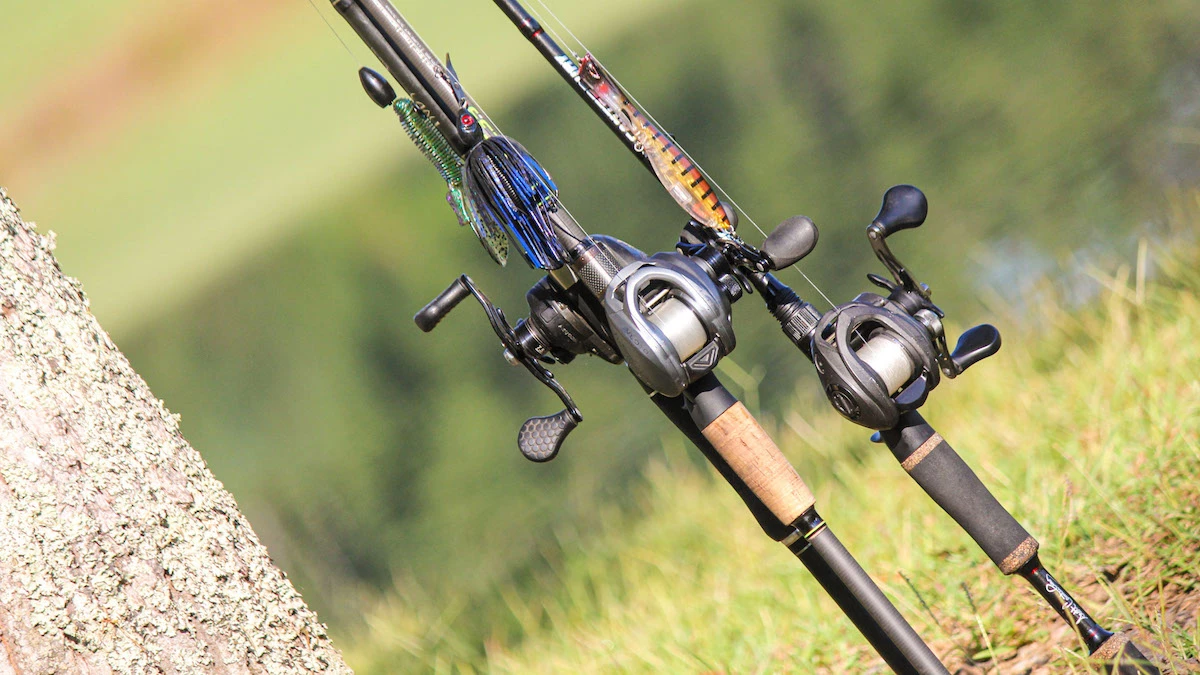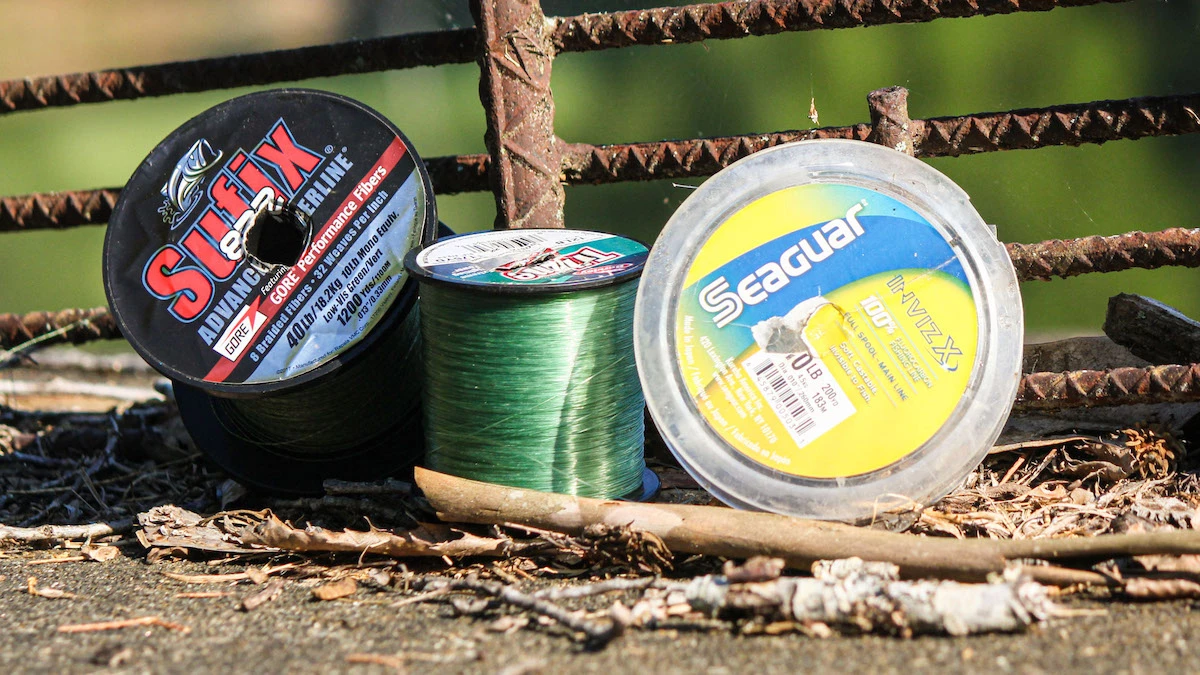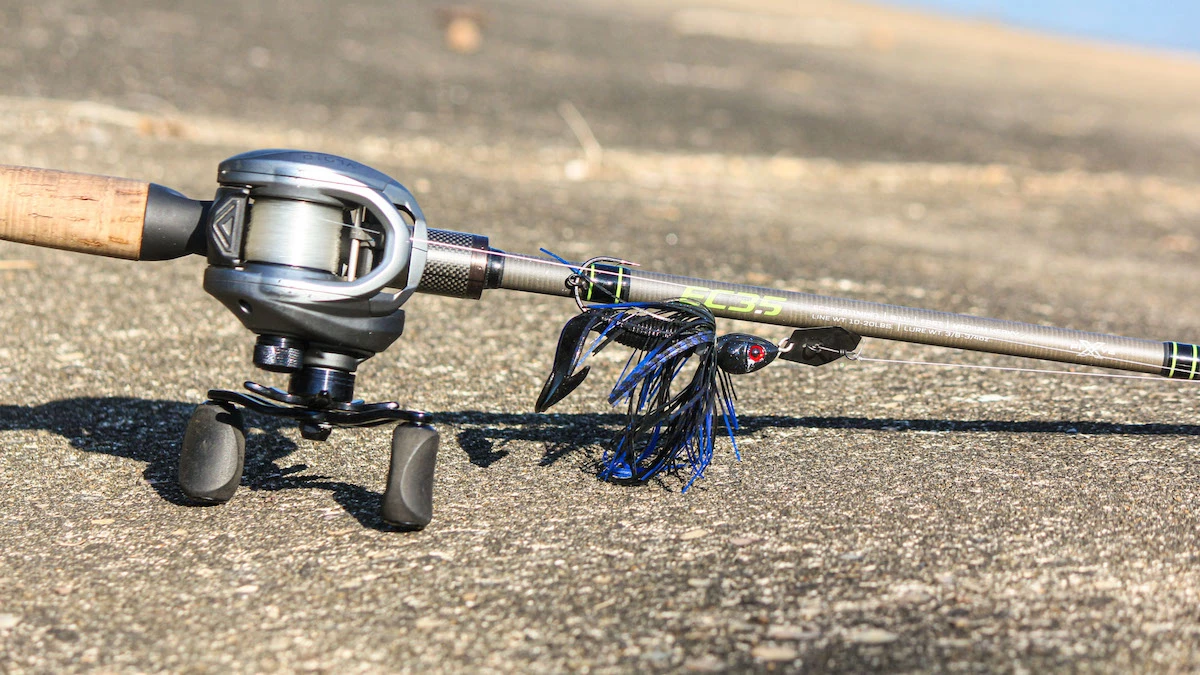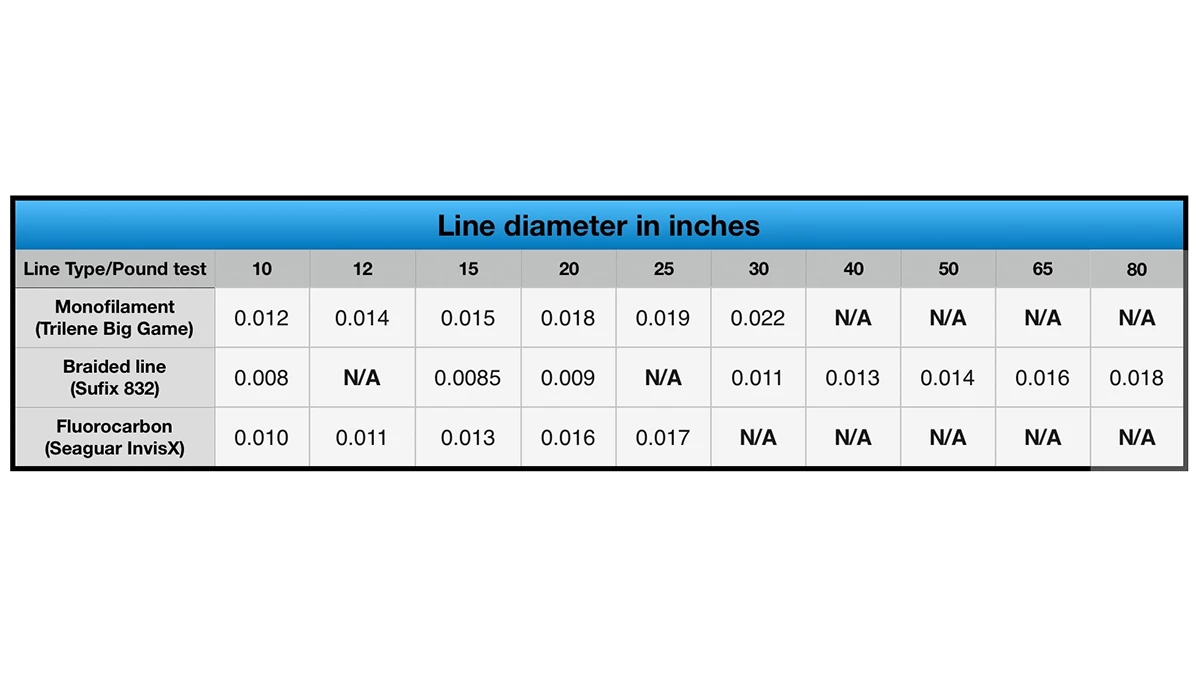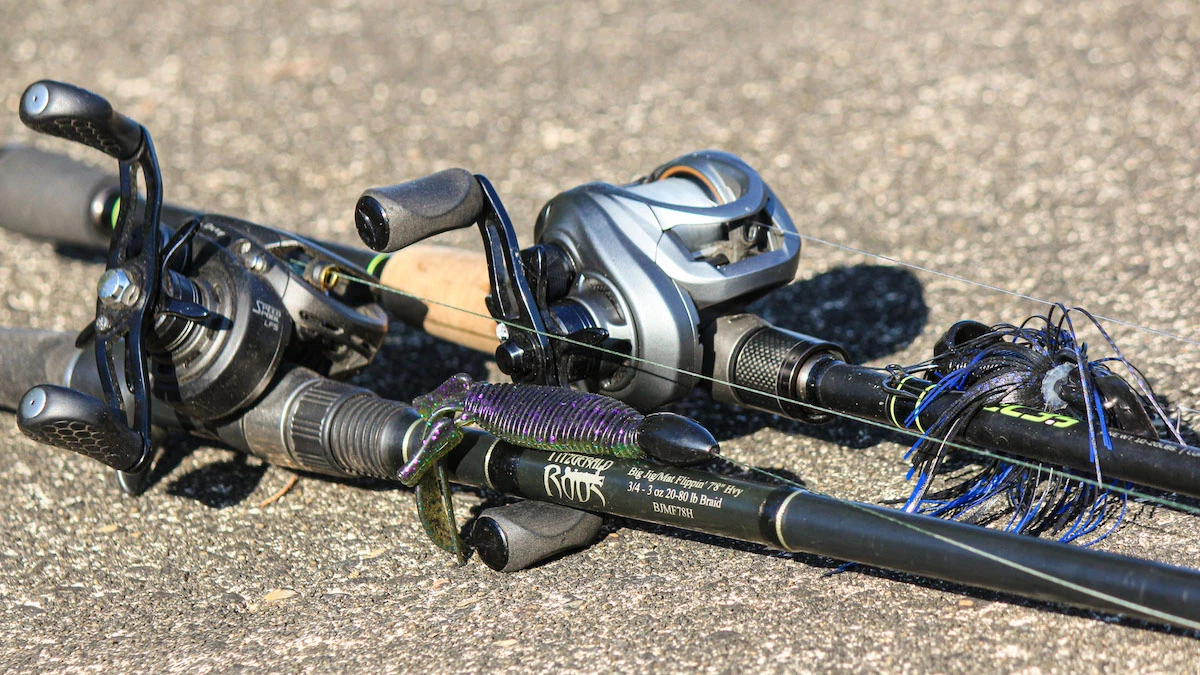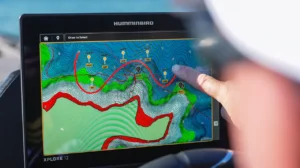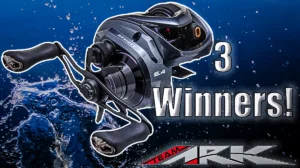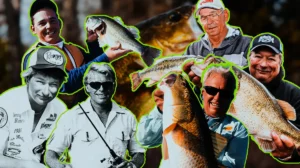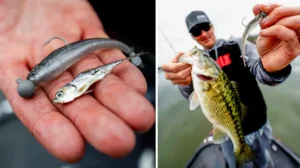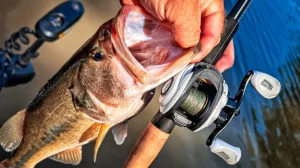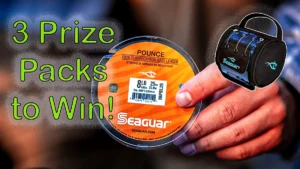We are fortunate to have the best and most bass fishing gear available to us of any generation to ever hit the water. But with so many options, it’s not simply a point-and-shoot deal when it comes to maximizing the potential of all this gear.
For example, it’s very easy to overpower a rod and reel with line that’s too heavy for it. Likewise, you can choose a rod that’s way too stiff for a lighter-pound test line. With all the options in sizes and actions of rods and reels out there, it’s easier to pair the wrong two together than it is to make the perfect match.
So today, we’re going to talk a little about finding harmony between your rod, reel and line. Let’s get started.
Line is the most important
When trying to find a starting point for this conversation, it was hard to determine where the foundation should be laid. All three components (the rod, reel and line) are vital for each lure. But when thinking about it simply from a standpoint of effectiveness for each technique, the line size and type are likely the two things that fluctuate the most.
For instance, if you’re punching heavy mats, most of us know right away this is not a 12-pound fluorocarbon situation. Likewise, if you’re wanting to fish a jerkbait, you’re not going to tie it onto 65-pound test braid. So determining the right line size and type first then finding the perfect rod and reel for each line size is the angle we’re going to take on this.
Looking at this from a grand scheme viewpoint, you want to select braid or monofilament with baits that float, braid when fishing around really thick cover and fluorocarbon in clear water situations where the technique takes place below the surface. Of course there are a few outlying situations also, like how several finesse techniques such as drop shots, Neko rigs and wacky rigs work best with a combination of a braided main line and a fluorocarbon leader.
But just using these three or four themes seen throughout fishing though, we’re able to have a solid understanding to build from when it comes to the second most important link in the chain, rod selection.
Selecting the right rod for the right line
The main key to selecting the right rod, is knowing the strengths, limitations and other attributes of the line you’ve selected. For instance, both mono and braid can be used to fish topwaters, since both these lines float. But mono has far more stretch than braided line. So taking this into consideration, you would select two slightly different rods for the same exact topwater bait depending on the line you use.
The braid you’d want to pair with a lighter-action rod than the mono, say a 7-foot, medium-action rod with the braid and a slightly stiffer 7-foot, medium heavy for the monofilament. The goal here is to eliminate as much guess work as possible that needs to happen at the moment a bass bites, and then you can just let instinct kick into action.
The stretch of the mono would absorb the shock of a swift and strong hookset, which is the natural reaction to a bass exploding on a topwater. And the softer rod would help in the same way if fishing with braid, given the same hookset. The stretch of the mono also helps prevent the bass from pulling off as the fight nears the boat. When swapping over to braid, the softer rod would absorb some of the shock of this line type’s low stretch. In both these situations, the drag of the reel being set correctly to slip under a certain amount of pressure is critical too.
Completing the package with the right reel
It’s not so much that the reel is the least critical part of the equation, more so that reels are very versatile and one model can be used with a wide range of line types and rods. For instance, a solid “normal”-sized baitcaster in a gear ratio around 7:1 with a quality drag and brake system can adequately be paired with the majority of the various lines and baitcasting rods out there. For a good example of what a reel like this looks like, I can do 75 percent of everything I want to do with a Lew’s Speed Spool LFS Casting Reel in a 7.5:1 gear ratio.
A reel like this can handle anything from lighter lines like 10-pound fluoro and 30-pound braid up to about 40-pound braid, 17-pound fluorocarbon and 15-pound test monofilament. This reel pairs well with rods from a 6-foot, 8-inch little jerkbait rod up to about a 7-foot heavy or 7-foot, 3-inch medium heavy used for light pitching and flipping, swim jigs, buzzbaits and spinnerbaits around heavy cover for a few examples.
If I were wanting to throw a big swimbait a long ways on 20-pound fluoro or a big wood rat the same distance on 65-pound test braid, I would have to up not only the rod size but also the reel, since the LFS Casting Reel I previously mentioned doesn’t have an adequate capacity to hold the amount of line required to do this.
How reel capacities work
It’s important to note that a reel’s capacity—or the amount of line it can hold—is based on monofilament sizes and yards of line. So a reel capacity listed as 12/120 (like the LFS Speed Spool) means it can hold about 120 yards of 12-pound test monofilament. Then the different line types are labeled with their diameters and pound-test ratings. So to see how much 15-pound fluorocarbon a reel with a 12/120 capacity can hold, you compare the diameters in the two different line charts.
Each brand of line can be a little different, so for this example we’re looking at Berkley Trilene Big Game Monofilament and Seaguar InvizX, two lines I use quite often. The 12-pound Big Game has a diameter of 0.014 inches. The 15-pound test InvisX fluoro is a very comparable 0.013 inches. So since the diameters are almost identical, you can guesstimate the LFS Speed Spool reel will hold about 120 yards of fluoro. The main objective here is not selecting a line that’s too big for this reel, like 80-pound braid or 20-pound mono for instance, which would overpower the reel and only allow for about 93 yards of each line.
A couple more examples
So let’s put together a good rod, reel and line setup for a squarebill. We want to fish this bait below the surface and around laydowns, so we don’t really want to use a line that floats which would fight the action of the bait. And the strength of the line is more important than it having stretch, due to the cover. So 15-pound test fluorocarbon makes for a pretty good line selection here.
We’ll grab the aforementioned LFS Speed Spool since it’s a good one for the diameter of 15-pound fluorocarbon, again able to hold about 120 yards of this line. This reel fits a 7-foot medium heavy rod well, which is a good selection for the squarebill since we’ll be fishing it through some laydowns and may need a little backbone to wrestle the fish out. When all of these components come together, you have a setup that’s in perfect harmony, able to make the longest, most accurate casts possible and fight fish as well as any other could.
That’s the goal. Put the right rod, reel and line together to be as effective as possible. Another good example: a punching setup consisting of a 7-8 heavy rod paired with a Lew’s Super Duty LFS Casting Reel, which has a deeper spool with a 12/150 capacity, capable of holding about 112 yards of the larger diameter 65-pound braid.
Changing any part of this setup would require changing all of it to fight to regain harmony. And even then you couldn’t get to maximum effectiveness if you swapped for instance to a 7-foot, 3-inch heavy rod with, 50-pound test and the same reel. Though you would have reduced the line size to better pair with the new rod size and the setup would again be in harmony, the overall combination would be too light for heavy punching.
Starting though with the knowledge that 65-pound braid or bigger is imperative for punching, then adding a beefy-enough rod to the mix to be able to pull a big one out of a mat, it’s easy to see that a reel like the Super Duty is the apparent choice to complete the perfect setup, since it is strong and able to hold an adequate amount of the larger line. Approaching your line, rod and reel selection from this angle should help you better build a great setup for any technique.


